A Few Hundred Meters of Wood Line
“We have to move slowly. That way, less of our people get killed.” – Commander “Makson”
Last week the job for the men of the “Aerorozvidka” air reconnaissance section of the Azov Special Operations Forces (SSO) was figuring out what was in a wood line, about eight hundred meters south of the regiment’s main defense line, in no-man’s land.
A green strip of 10 or even 20 meters wide, the wood line is mostly hardwood and thick with leaves and underbrush. Like most wood lines in the south Zaporizhia region, it divides farm fields; in this area, knee-high wheat.
According to regimental intelligence, back in May a Territorial Defense battalion held positions in that wood line, but the Russians chased them out. Possibly, the Ukrainian “territorials” left behind some corpses.
The Azov Special Operations Regiment (SSO) arrived in the area in June, dug in their machine guns and registered their mortar target reference points, and after that no Russians approached Ukrainian positions.
Like any aggressive infantry unit, Azov sent forward patrols of their own to find the Russians, hopefully to keep them nervous and possibly to find ways to infiltrate south. The civilian news had been reporting for several days about Ukraine Armed Forces (UAF) advances around Kherson – which wasn’t that far away.
The best way for infantry to sneak southward from Azov SSO’s present positions was by the wood line. The Russians probably were in there, somewhere.
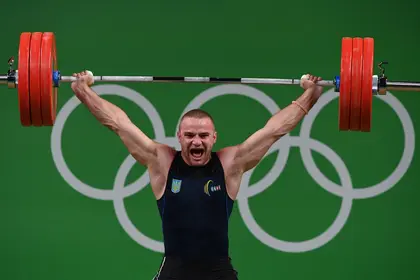
Ukrainian European Champion Weightlifter Killed in Battle
That was why the 3rd Company commander (a Kyiv native using “Makson” as his nom de guerre) later explained to the Kyiv Post, at around 3 a.m. in the morning on a day in late June, that an Azov foot patrol stepped out into no-man’s land. Their mission was to sneak into the wood line and figure out how far it was safe to walk south.
Drone video showed six Azov fighters, carrying weapons and ammunition and not much else, disappearing into the wood line in pre-sunrise light. At times the second drone was visible – Azov’s reconnaissance section tries to keep two drones in the air during patrols for redundancy – but the men on foot quickly disappeared into the wood line’s thick branches, leaves and underbrush.
As it turned out, the foliage didn’t just conceal the Azov infantry. The patrol hit an ambush and one man was badly hit. His mates evacuated him, the scouts fell back, and now Commander “Makson” and his 3rd Company had a slightly clearer idea of where the Russians were.
In a NATO unit, all manner of military micromanagement can descend on a combat company if a ground patrol hits an ambush and takes a casualty.
For the next few days, in a Western military generously equipped with staff officers and perfect internal communications, scouts surviving a surprise gunfight can easily – some might say inevitably – become the targets of requests for information. This involves writing statements and clarifications, as well as hosting “fact-finding” visits by colonels and even generals determined to prove the troops in the field erred, and not the chain of command.
But in “Oleksandrivka” [See NOTE at end of article], a frontline village in the Zaporizhia region, that didn’t happen. A little surprisingly, UAF leadership mostly left Azov SSO’s scout section alone.
People still live in some of “Oleksandrivka’s” houses, but the village has neither water nor power, and mobile phone coverage is at best spotty.
Azov SSO has, however, been at war for three months, so along with their smartphones, the Azov men have generators donated by Ukrainian volunteer groups, and one of the Starlink satellite systems donated to Ukraine by Tesla’s owner Elon Musk.
By mid-morning following the foot patrol, Commander “Makson”, four or five scouts from “Aerorozvidka” were clustered around a computer screen in an abandoned house in Oleksandrivka’s center, reviewing drone footage and using digital map aps and GPS positioning to figure out how to drop explosives on the Russians in the wood line.
The Azov men, eating pieces of grapefruit, potato chips, and drinking bottled water and warm, homemade lemonade, decided the wood line contained some kind of fighting position close to where the ambush took place.
A few meters away, the drone could see a shoe, but what wasn’t clear is whether there was a foot in it. Recently dug dirt was visible, and maybe the remains of a Russian army field ration packet, and just possibly a footprint. Nothing was moving in the wood line. But it seemed likely someone was in there.
The next morning, four men from “Aerorozvidka”, the company commander and his driver, packed up in a couple of beat-up SUVs, one with Polish plates, drove several kilometers, and started walking. They were carrying a lot: armor, helmets, two cheap civilian quadcopter drones made in China, drone batteries, antitank rockets, water, automatic rifles, radios, computer tablets, and a backpack with the Starlink.
After about an hour of sweaty progress they had hiked to the end of the Ukrainian positions. Known Russian lines were 800 meters away; too close for comfort, perhaps, but any further, and overflying the suspected Russian position, would have been out of the Chinese drones’ range.
The larger quadcopter generally flew 50-100 meters above the wood line, hovering in places when the operator spotted something he wanted to zoom in on.
The section’s best pilot, “Aslan”, maneuvered the smaller drone like a bumblebee, buzzing it back and forth alongside the wood line and at times maneuvering it between gaps in the branches.
Flying a commercial drone inside a wood line without crashing it is difficult, never mind during a war, but it’s one of those skills “Aerorozvidka” has practiced for months.
In NATO armies they use long-range drones with thermal and infrared cameras that see much better through buses and foliage. NATO drone operators don’t need to know how to fly between branches.
After an hour of aircraft scooting back and forth, working through on-and-off Russian jamming, and nearly losing the little drone a couple of times, the general opinion was that two UAF bodies were lying in the brush. Not less than seven meters from the corpses, someone had, it looked like, dug a foxhole-type fighting position. The trash and tracks on the ground appeared fairly fresh. Most likely, the Russians were setting up there from time to time.
This was a potential target, so smartphones and tablet were brought out, and the two pilots and Commanding Officer “Makson” worked out the fighting position’s precise grid location.
At one point, they used a smartphone camera to take pictures of another screen’s map display, because that was easier than trying to move the information digitally.
In NATO armies, transfer of fire direction data is seamless. You don’t have to take screen shots of another screen to work out a firing coordinate.
Later, with the sun now baking dry the dirt in the fighting positions, an Azov 60mm mortar team showed up. A textbook tactical response to discovering an enemy fighting position – in both NATO and the Russian army – is to mortar it a lot, ideally launching dozens of rounds over a day, in the assumption that sooner or later the enemy will show up and get caught in a barrage.
In the UAF, in Azov SSO’s sector, 60mm mortar rounds are rationed, and the mortar section gets ten 60mm mortar rounds a day.
CO “Makson” decided to hit the target anyway, because if Azov has to attack the position later, then it would be better that the mortars be zeroed in ahead of time; and also, maybe, the explosions would clear away some of the leaves, and make it easier to see the Russians coming and going.
The drone batteries got switched out, the mortar was set up, again the drones were thrown into the air, and after five ranging shots (the mortar men said the propellant is old and doesn’t always range consistently) the 60mm mortar peppered the Russian position.
Each round’s detonation made a satisfying crack.
After about the eighth round, three artillery-scale blasts came from the Russian lines – maybe a coincidence and maybe a response to the little Ukrainian mortar. The shock wave rolled through the wood line, but nothing happened after that. The drones checked again: Yes, some leaves had been cleared away and it was a little easier to see. The fighting position by the two bodies wasn’t occupied – for the moment.
Commander “Makson” said he would have the drones keep inspecting the site, and if things stayed quiet for the next few days, then probably another foot patrol would go forward.
But, he said, hopefully the Russians would come back before then, and then UAF artillery can hit them.
“Makson” said it might take a week of more drone and foot patrolling, observing, waiting, mortaring and shelling before Azov SSO could get scouts forward in the wood line, another 800 meters or so, to recover the corpses.
NOTE: “Oleksandrivka” is a Kyiv Post pseudonym used for security purposes to identify an actual frontline village in the south Zaporizhia sector. The village is used as a base by reconnaissance elements of the Azov Special Operations Force (SSO) Regiment. Two Kyiv Post reporters were on the scene and embedded with Azov SSO for three days.
You can also highlight the text and press Ctrl + Enter


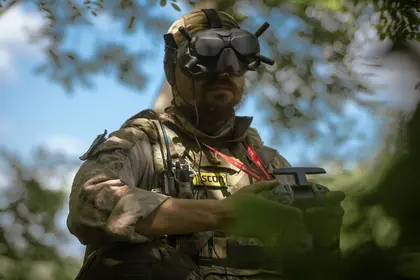
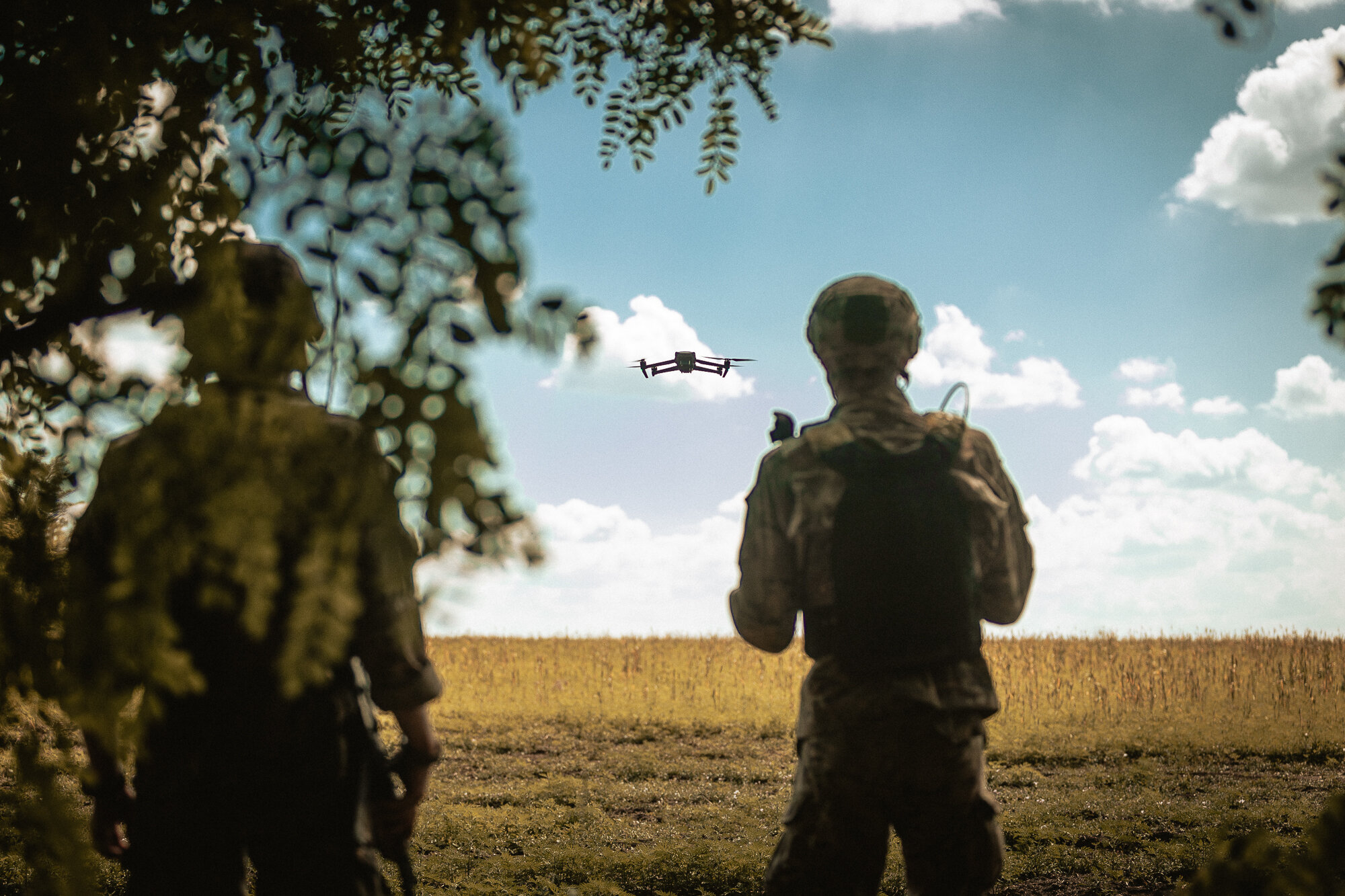
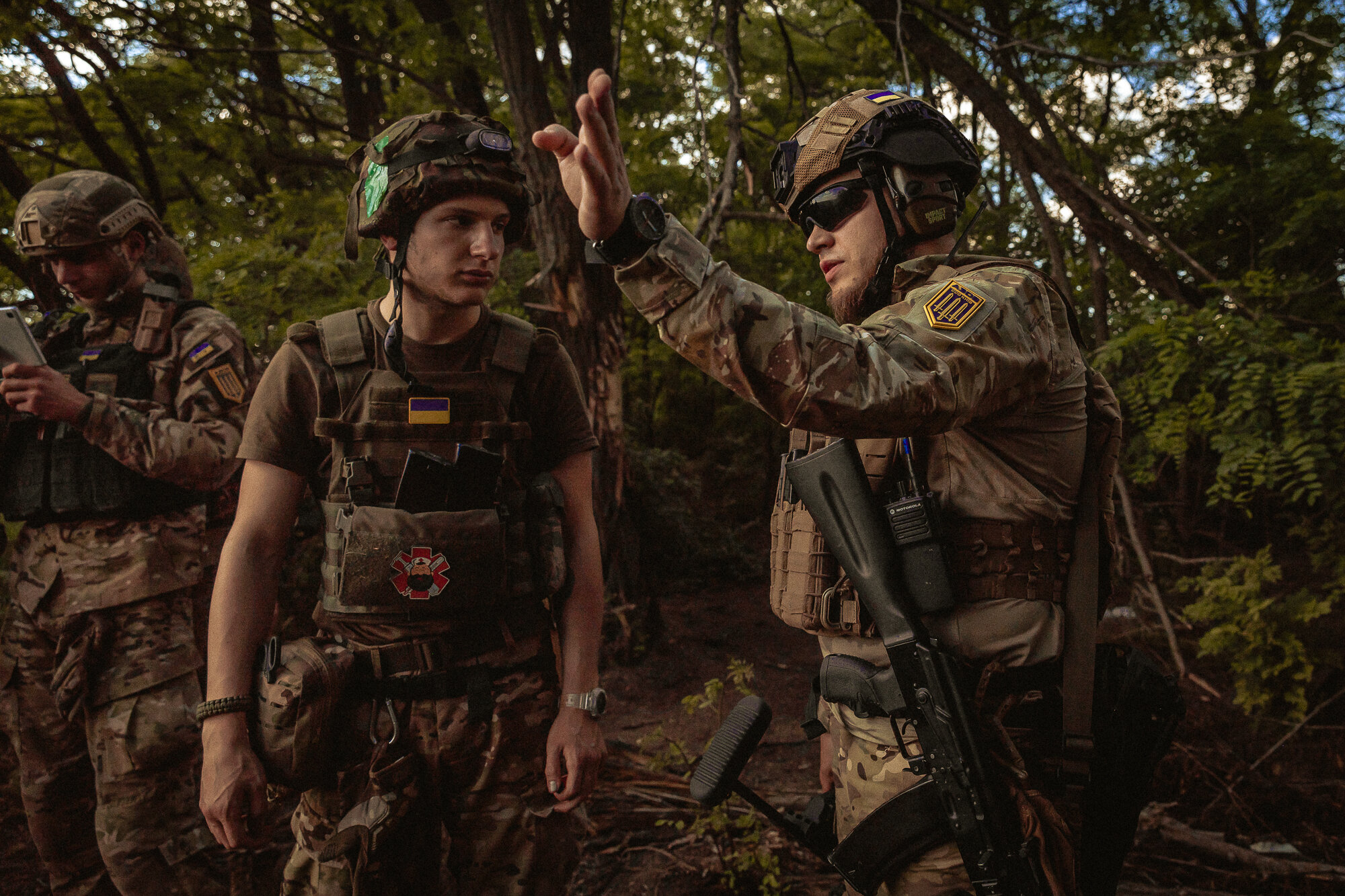
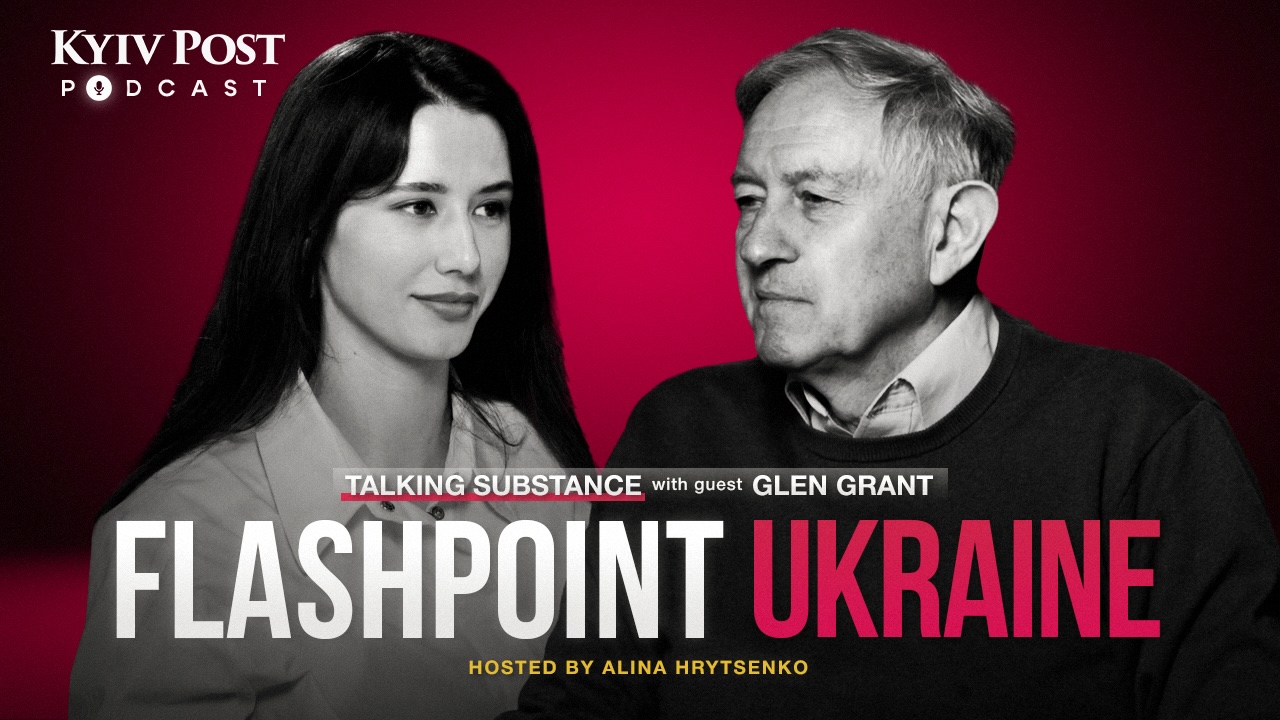
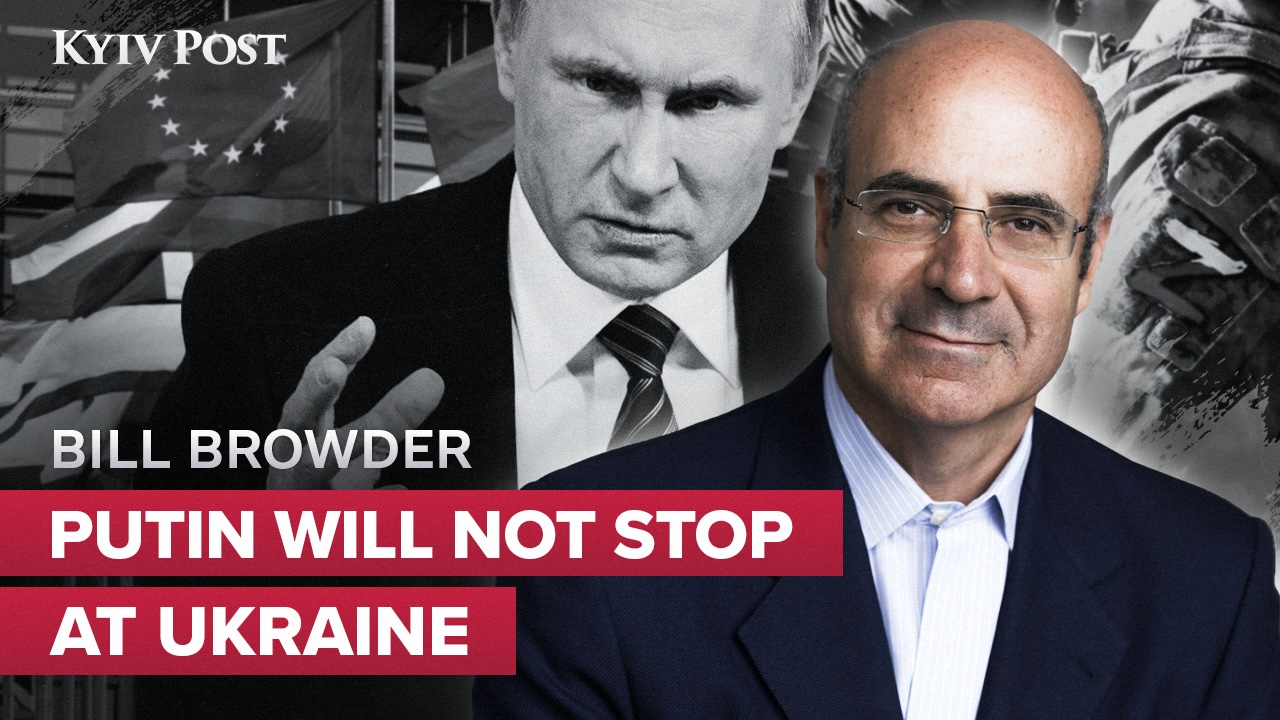
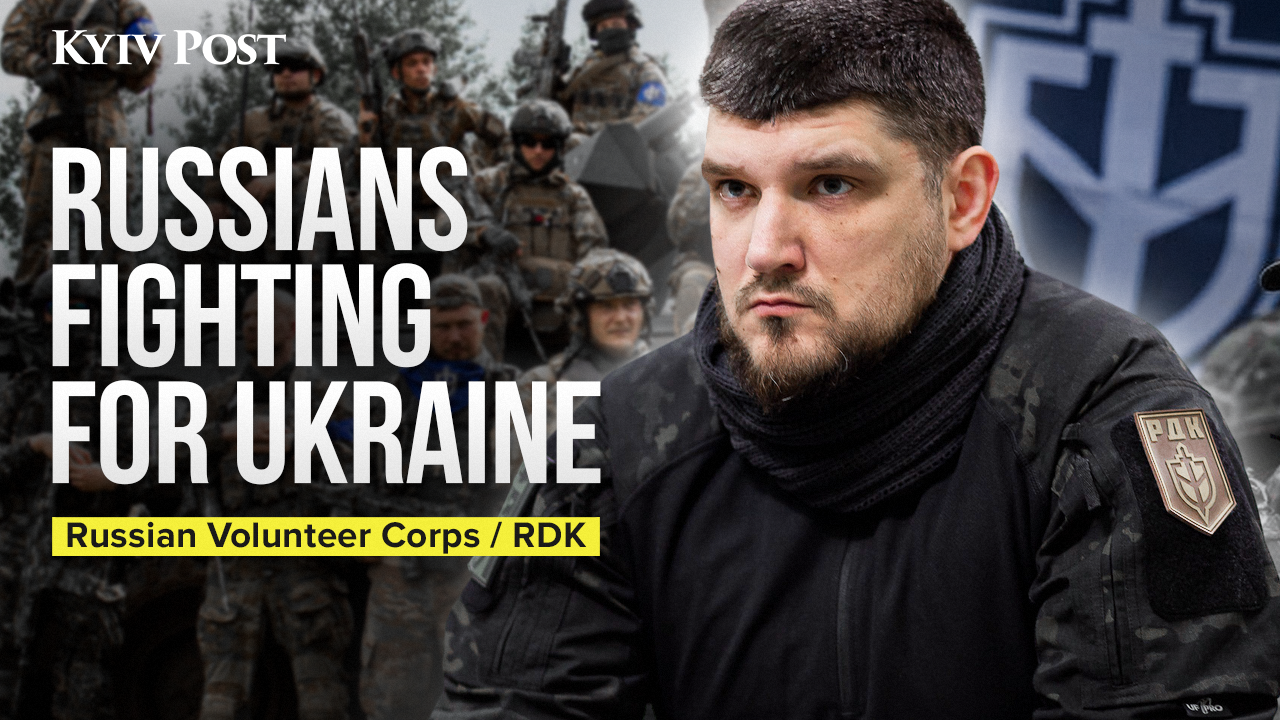

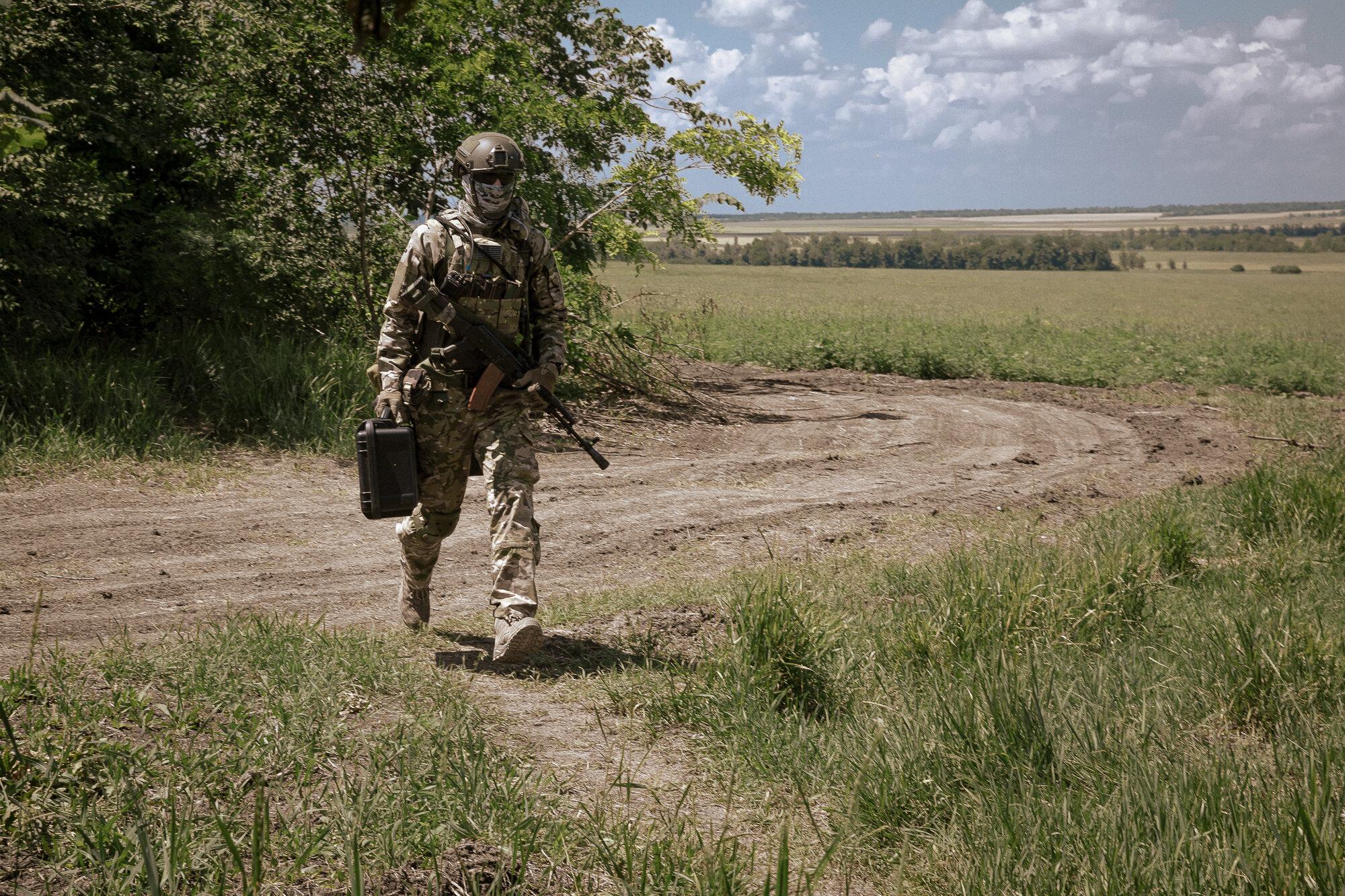
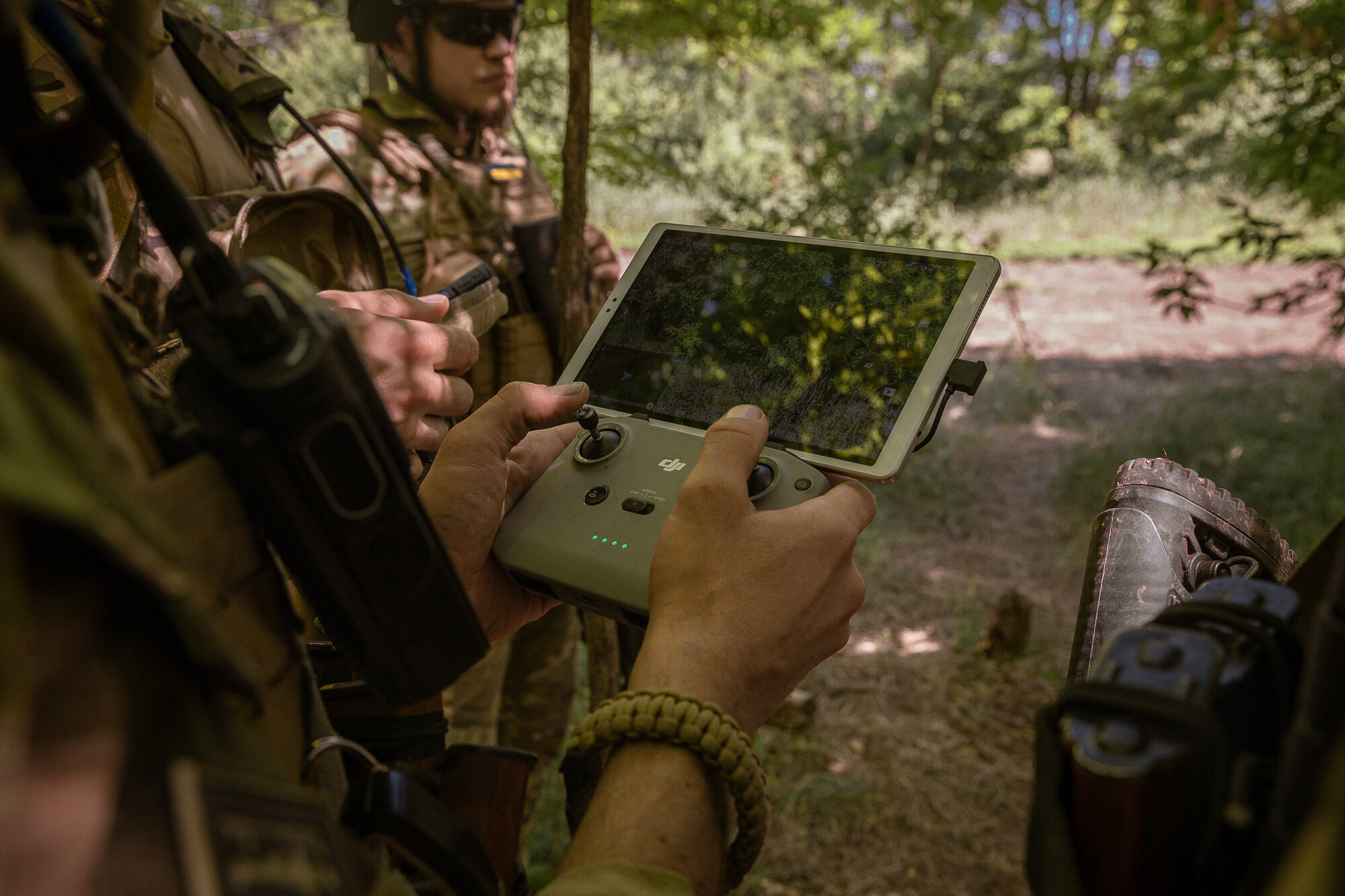
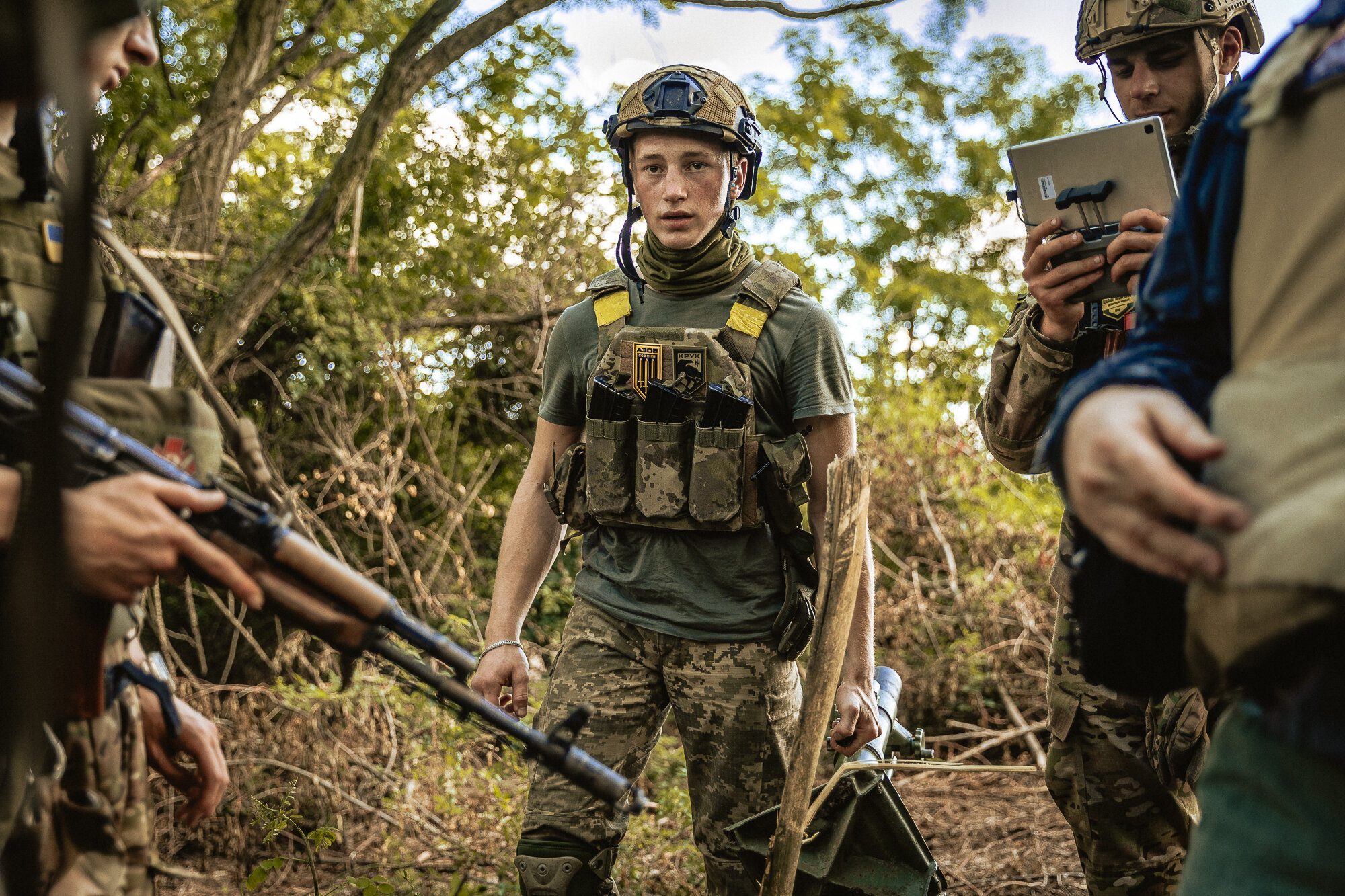
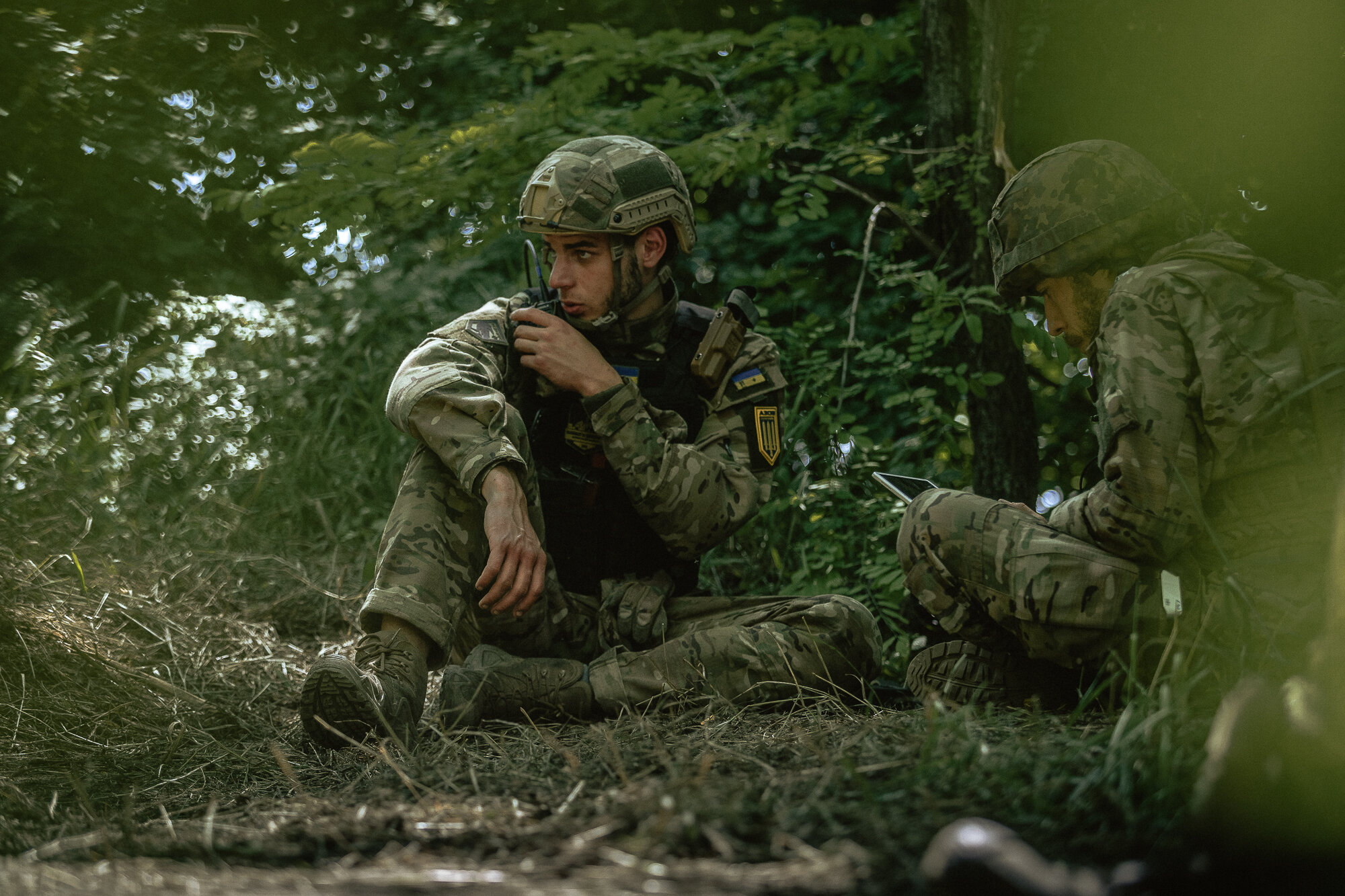
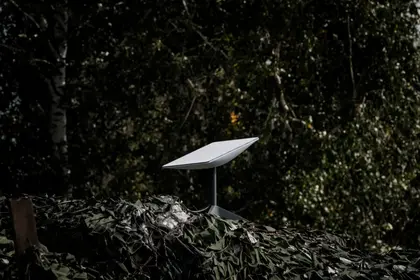
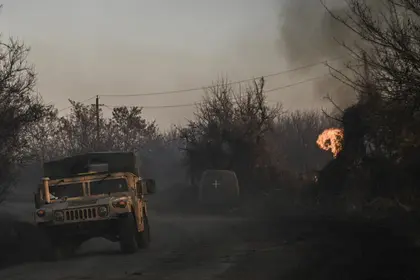
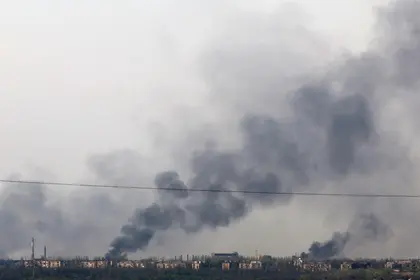
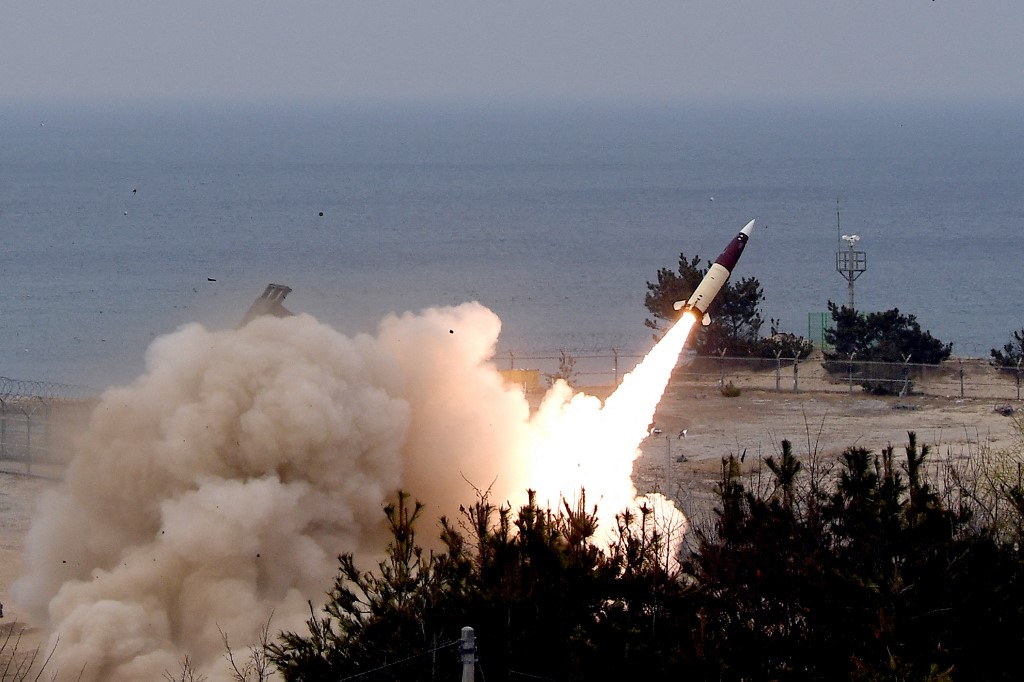
Comments (0)